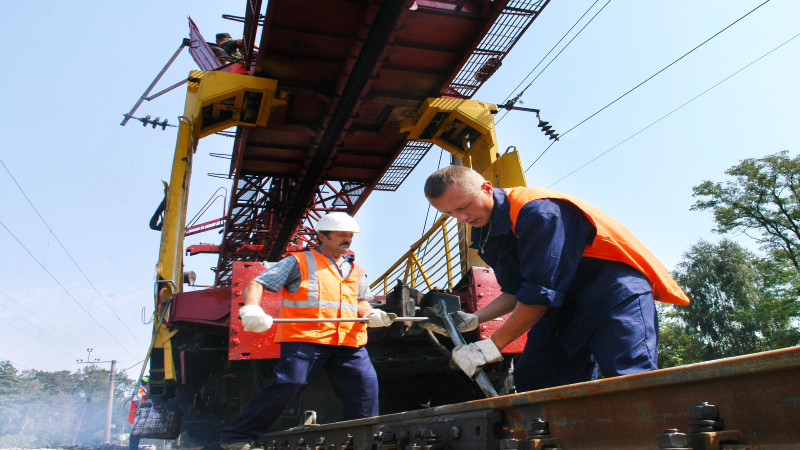Contractors, as well as do-it-yourselfers, will find that J bolts are a perfect option for an anchor bolt. There are other types of anchor bolts out there, but for new construction, it is hard to beat the versatility of the J shape and the ease of placement.
When the concrete is dry, and the goal is to add on to an existing structure, a better option will be a concrete screw. However, this can be a very time-consuming way to anchor, and it will take the additional use of a hammer drill to create a starting or pilot hole and then the use of an impact driver to tighten the screw and snug the new addition to the existing structure.
The Right Length
Choosing the correct length and size of J bolts will be important. The hook of the J has to be inserted far enough into the wet concrete to provide a secure anchor for the wall after floor dries. Additionally, the top threaded part of the bolt has to extend up enough to allow the wall plate to sit down on the surface of the concrete with a suitable length of bolt exposed at the top to attach the nut and tighten down.
The size of bolts required may be determined by local building codes. Different areas of the country with different potential issues to consider with construction may require a minimum size of an anchor.
Placement
Remember, the J of the bolt is to hook under the rebar that will be covered with the wet concrete. Marking the location of the positioning of the bolt on the foundation forms will be critical.
By marking the location for the J bolts as well as ensuring that the rebar is set at the correct depth under the concrete surface, a solid, secure way to attach walls is possible for any type of construction.






